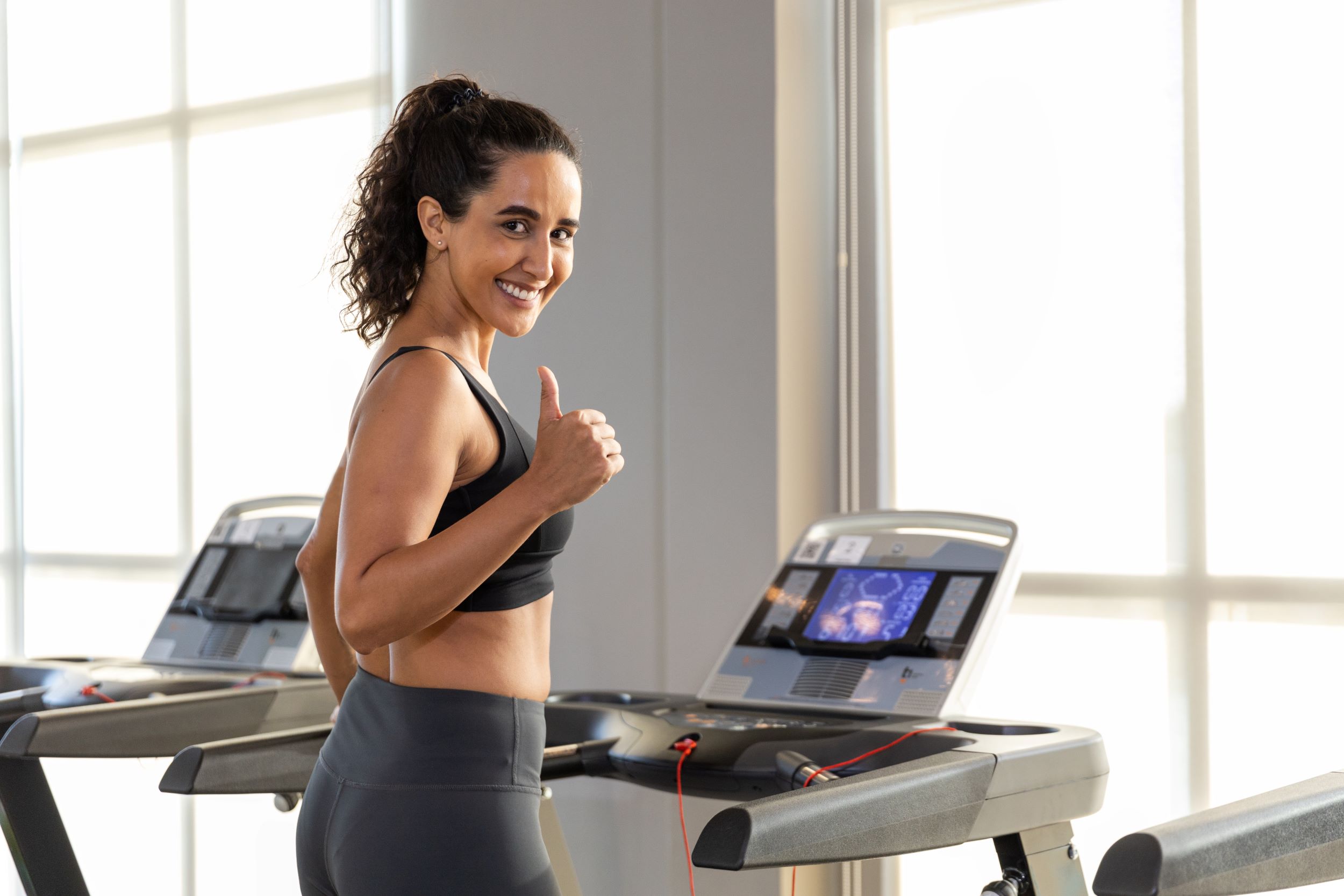As you approach the exciting milestone of running a half marathon at 50, it’s crucial to set achievable and meaningful goals. This phase of life brings unique challenges and opportunities, making it essential to understand how to tailor your objectives to not only improve your fitness but also enhance your running experience.
Firstly, consider what you want to achieve with your half marathon journey. Is it about improving your overall health, setting a personal record, or perhaps a mix of both? Defining your purpose will keep you motivated throughout training. Remember, your goals should be specific, measurable, attainable, relevant, and time-bound (SMART).
It’s important to recognize that the body’s physiology changes with age. This means your training should prioritize injury prevention and recovery. Focus on integrating strength training and flexibility exercises into your routine. These elements will not only boost your endurance but also make your running more efficient and enjoyable.
Moreover, consider the social aspects of running. Joining a running club or finding a running partner can add a layer of accountability and fun to your training. Sharing goals and achievements with others can be a powerful motivator and enrich your running experience.
Finally, ensure you are listening to your body. Rest is as important as the run itself. It’s during these recovery periods that your body rebuilds and strengthens. By respecting your body’s needs, you can avoid burnout and maintain a positive mindset.
Visit our website to learn more and get started today! Click here.
Adapting Training Plans for Mature Runners

For runners over 50, adapting your training plan is not just wise—it’s essential. As we age, our bodies require more attention and care, especially when preparing for a demanding event like a half marathon. Understanding how to tailor your training to fit the needs of a mature runner can mean the difference between thriving and merely surviving race day.
One of the key adjustments is to incorporate more rest and recovery time into your schedule. Unlike younger runners, mature athletes need more time to recuperate from workouts. This might mean reducing the number of high-intensity sessions per week and focusing on active recovery days, such as walking, cycling, or swimming.
Another important consideration is the inclusion of cross-training activities. These can help build strength, improve cardiovascular fitness, and reduce the risk of injury by balancing the muscle groups used during running. Activities like yoga or Pilates can also enhance flexibility and core strength, which are crucial for maintaining proper running form.
Furthermore, listen to your body and be ready to adjust your training plan as needed. As a mature runner, it is vital to remain flexible with your schedule. If you’re feeling fatigued or experiencing discomfort, it might be wise to swap a running day for a rest day or a low-impact activity.
Finally, nutrition plays a pivotal role in supporting your training. Ensure that your diet is rich in nutrients, focusing on foods that aid in recovery and provide sustained energy. Hydration, too, is a critical component, particularly as dehydration can exacerbate fatigue and muscle soreness.
By adopting a training plan that aligns with your body’s needs, you can continue to enjoy the many benefits of running while minimizing the risks associated with age.
Incorporating Strength and Flexibility Exercises

Integrating strength and flexibility exercises into your half marathon training routine is crucial, especially for those in their 50s. These exercises not only enhance performance but also help in preventing injuries, which can be more common as we age.
Strength training should focus on major muscle groups, particularly those that support running. Incorporate exercises like squats, lunges, and calf raises, which target the legs and core muscles. This foundation of strength will contribute to better running efficiency and endurance. Aim to perform strength workouts at least twice a week, allowing for recovery between sessions.
Flexibility exercises are equally important, as they help maintain a full range of motion, which can diminish with age. Stretching can prevent stiffness and improve posture, two vital components for a successful long-distance run. Incorporate dynamic stretches like leg swings and arm circles before your run, and focus on static stretches such as hamstring and quadriceps stretches post-run.
- Yoga: A gentle way to improve flexibility and balance while also providing mental relaxation.
- Pilates: Strengthens the core and enhances body awareness, crucial for maintaining good form.
Finally, remember that consistency is key. Whether it’s a dedicated yoga session or a post-run stretching routine, making these exercises a regular part of your training plan can lead to a more resilient and agile running experience. By nurturing your body with strength and flexibility exercises, you can enhance your running performance and embrace the joy of running at any age.
Nutrition and Hydration for Older Runners

As a 50-year-old runner training for a half marathon, paying attention to nutrition and hydration is paramount. Your body’s requirements change with age, and fueling it properly can make a significant difference in performance and recovery.
Start by focusing on a balanced diet that includes a variety of nutrient-dense foods. Prioritize lean proteins, such as chicken, fish, and legumes, which aid in muscle repair and growth. Include plenty of fruits and vegetables for their vitamins, minerals, and antioxidants, which help combat inflammation and support overall health.
Carbohydrates are your primary energy source for running. Opt for whole grains, such as brown rice, quinoa, and whole wheat pasta, to provide sustained energy levels. These complex carbohydrates release energy slowly, supporting long training sessions without causing spikes in blood sugar levels.
Hydration is equally critical. As we age, our sensation of thirst may decrease, so it’s important to drink water consistently throughout the day. During longer runs, consider electrolyte-rich drinks to replenish vital minerals lost through sweat. Sodium, potassium, and magnesium are particularly important for maintaining proper muscle function and preventing cramps.
Timing your meals and snacks around your training sessions can also enhance performance. Aim to eat a light snack of easily digestible carbohydrates, such as a banana or a small bowl of oatmeal, about 30 minutes before a run. Post-run, consume a mix of protein and carbs to aid in recovery.
By tailoring your nutrition and hydration strategies to meet the needs of your aging body, you can optimize your training effectiveness and enjoy the rewards of your dedication to running.
Preventing Injuries and Ensuring Recovery

For those embarking on a half marathon training journey at 50, prioritizing injury prevention and ensuring proper recovery is essential to maintain longevity in the sport. As the body ages, it becomes more susceptible to injuries, making it crucial to adopt strategies that safeguard your running experience.
**Warm-up and Cool-down** routines are non-negotiable. Begin each session with dynamic stretches, focusing on activating major muscle groups, such as the hamstrings, calves, and quadriceps. This prepares your body for the demands of running. Post-run, incorporate static stretches to improve flexibility and reduce muscle stiffness.
**Cross-training** plays a vital role in preventing overuse injuries by diversifying the stress placed on your body. Incorporate activities like swimming, cycling, or yoga into your weekly routine. These exercises enhance cardiovascular fitness, build muscle strength, and promote balance, all while giving your joints a break from the repetitive impact of running.
Pay attention to **proper footwear**. Shoes that provide adequate support and cushioning are imperative to reduce the risk of joint and muscle strain. Consider visiting a specialty running store for a professional fitting to find the best shoe for your foot type and running style.
**Listen to your body**. Recognizing early signs of fatigue or discomfort can prevent minor issues from escalating into serious injuries. Implement rest days into your schedule to allow the body to repair and rejuvenate. Consider regular massages or foam rolling to relieve tension and promote circulation.
By integrating these strategies into your training plan, you will not only prevent injuries but also enhance your recovery process, ensuring you remain strong and healthy throughout your half marathon journey.
Staying Motivated and Enjoying the Journey
Embarking on a half marathon journey at 50 is not just about reaching the finish line; it’s about savoring each step and staying motivated throughout your training. Maintaining enthusiasm and enjoying the journey can be as rewarding as the race itself.
One effective way to stay motivated is to **set realistic goals**. Break down your ultimate race goal into smaller, achievable milestones. Celebrate these victories as they come, whether it’s completing a challenging training session or improving your pace.
**Join a running community** or find a running buddy. Sharing your experiences with others can provide encouragement and accountability. The camaraderie of a group can turn a mundane run into an opportunity for social interaction and support. Plus, learning from fellow runners can bring fresh perspectives and tips to your training.
To keep the excitement alive, **vary your routes and workouts**. Exploring new trails or changing your running scenery can inject a sense of adventure into your routine. Integrate speed workouts, hill runs, or even fun runs to add diversity and challenge to your regimen.
**Track your progress**. Using a journal or a fitness app to log your runs can provide visual evidence of your advancements over time. Reflecting on how far you’ve come can be a powerful motivational tool.
Remember to **reward yourself** for your hard work and dedication. Treat yourself to a new pair of running shoes or a relaxing spa day after achieving a significant goal. Recognizing your efforts fosters a positive attitude toward your training.
Visit our website to learn more and get started today! Embrace the joy of running, and let each step be a leap towards fitness freedom. Click here.


